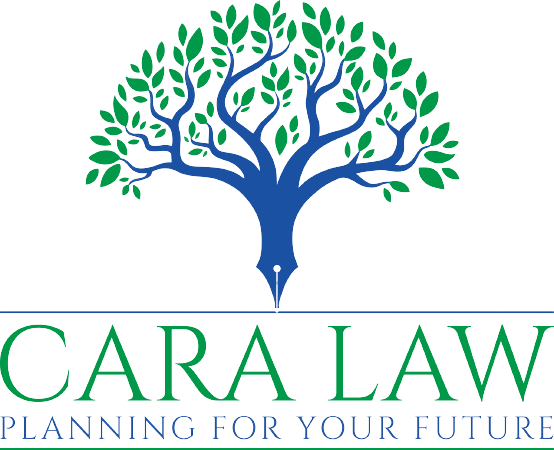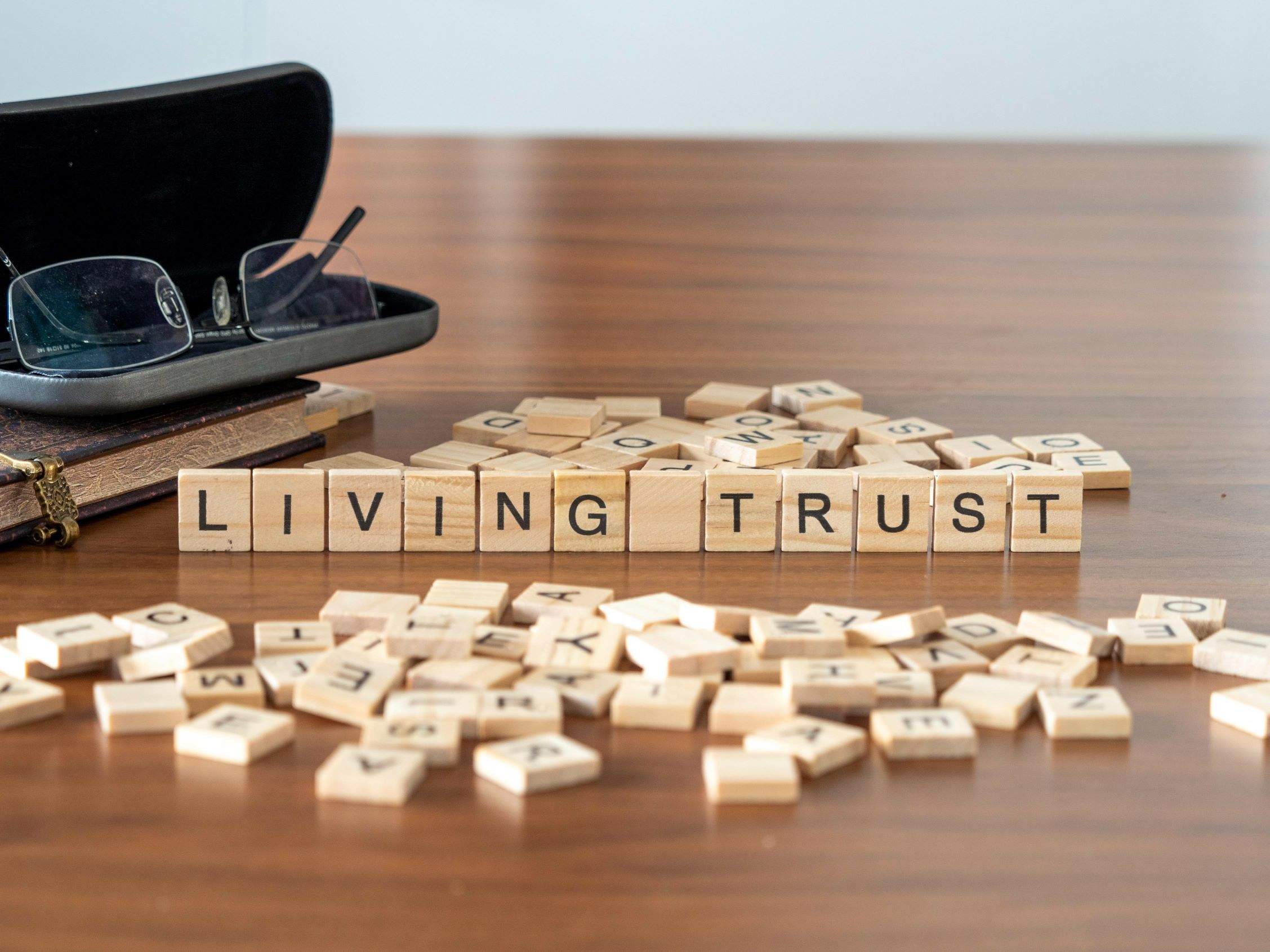 Takeaways
Takeaways
-
Aging in place involves making modifications to ensure safety, comfort, and accessibility for older adults.
-
Home modifications, measures for preventing falls, and fire and carbon monoxide safety are crucial for creating a safer environment.
- Maintaining social and mental well-being is also essential for older adults’ safety and quality of life.
Aging in place, the ability to live safely and independently in one’s home as long as possible, is a goal for many seniors. However, as we grow older, our homes may require modifications to ensure safety, comfort, and accessibility.
Whether you are planning to live in your home as long as you can or want to help an aging parent stay in their home longer, ensuring home safety is a top priority. Here are some practical steps you can take to create a safer living environment for older adults.
Home Modifications for Accessibility
Making a home more accessible can enhance independence and mobility. To do this, you can:
- Widen doorways: If possible, widen doorways to accommodate walkers or wheelchairs.
- Install ramps: Replace stairs with ramps where necessary.
- Adjust counter heights: Consider adjustable or lower kitchen counters for ease of use.
- Install lever-style door handles: Replace traditional doorknobs with lever-style handles for easier grip.
Fall Prevention
Falls are a leading cause of injury among older adults. Consider these measures to reduce risk of falling:
- Remove tripping hazards: Secure loose rugs, electrical cords, and clutter.
- Improve lighting: Install bright, motion-sensor lights in hallways, staircases, and entryways.
- Install grab bars: Place grab bars in bathrooms near toilets and showers.
- Use nonslip surfaces: Apply nonslip mats in bathrooms and kitchens.
- Ensure furniture is stable: Arrange furniture for easy navigation and avoid unstable or wobbly chairs and tables.
Fire and Carbon Monoxide Safety
Older adults are at a higher risk of fire-related injuries. Take these precautions:
- Smoke and carbon monoxide detectors: Install smoke detectors and carbon monoxide detectors in every bedroom and near the kitchen; test them monthly.
- Fire extinguishers: Keep fire extinguishers in easily accessible locations, especially in the kitchen.
- Avoid open flames: Use electric candles instead of real ones and avoid leaving cooking appliances or space heaters unattended.
- Plan an emergency exit strategy: Ensure all occupants know the quickest, safest way out of the house in an emergency.
Bathroom Safety
The bathroom can be a hazardous area due to slippery surfaces. Implement these safety measures:
- Walk-in tubs or showers: Consider replacing traditional tubs with walk-in options.
- Nonslip mats: Put nonslip mats inside and outside the tub or shower.
- Raised toilet seats: Install raised seats to make sitting and standing easier.
Kitchen Safety
Kitchens can present risks such as burns and falls. Make them safer with these strategies:
- Auto-shutoff appliances: Use appliances with automatic shutoff features.
- Easy-to-reach storage: Keep frequently used items within arm’s reach to avoid the need for step stools.
- Stable flooring: Avoid loose rugs and ensure floors are slip-resistant.
Security and Emergency Preparedness
Personal security and emergency response are crucial for older adults living alone. Some ways to ensure security and emergency preparedness include:
- Medical alert systems: Invest in a wearable emergency response system.
- Secure locks and peepholes: Ensure doors have deadbolts and peepholes for security.
- Emergency contact list: Keep a list of emergency contacts and medical information in an accessible location.
Social and Mental Well-Being
Safety isn’t just physical; it’s also about mental and emotional well-being. Consider strategies such as these:
- Check-in system: Establish a routine for family members, friends, or neighbors to check in.
- Technology aids: Use smart home devices for reminders, video calls, and security.
- Accessible transportation: Arrange for transportation options for medical appointments and social engagements.
Learn More About Late-Life Planning
Aging in place is achievable with thoughtful modifications and safety measures. Whether you are an older adult planning for the future or someone caring for an aging parent or loved one, taking proactive steps to ensure a secure and comfortable home environment can significantly improve quality of life. For more information about home safety for older adults, the National Council on Aging has a useful guide.
There is more to planning for our later years than creating a safe living environment. Working with an experienced elder law attorney near you can help you create a comprehensive plan to help you get the most out of your later years.
For additional reading about long-term care and aging in place, check out the following articles:
- HUD Housing Programs That Support Aging in Place
- An Elder Care Lawyer Can Help You Get Medicaid Home Care
- Reverse Mortgages: A Way to Remain at Home Longer
- Discussing Long-Term Care With Older Adults in Your Life
- Activities of Daily Living and the Need for Long-Term Care
- Is an Independent Living Facility Right for Me?





